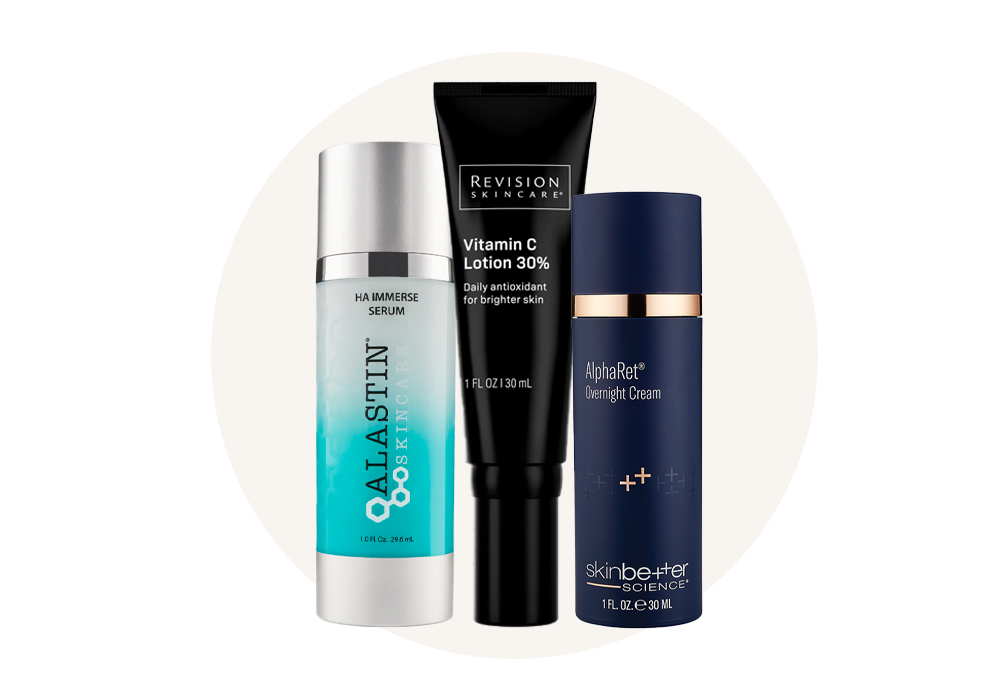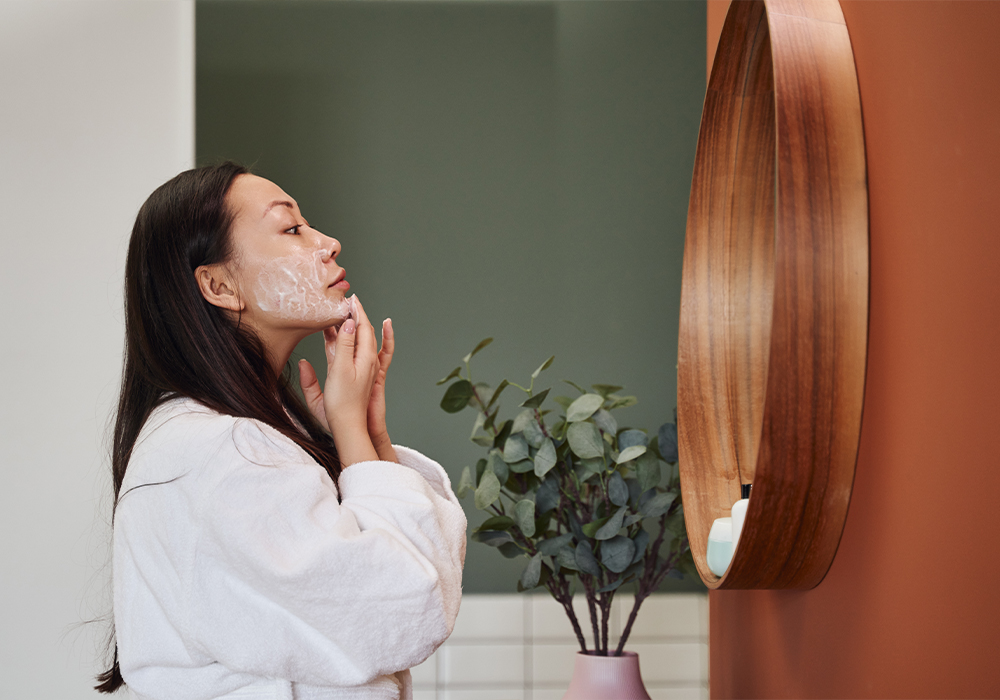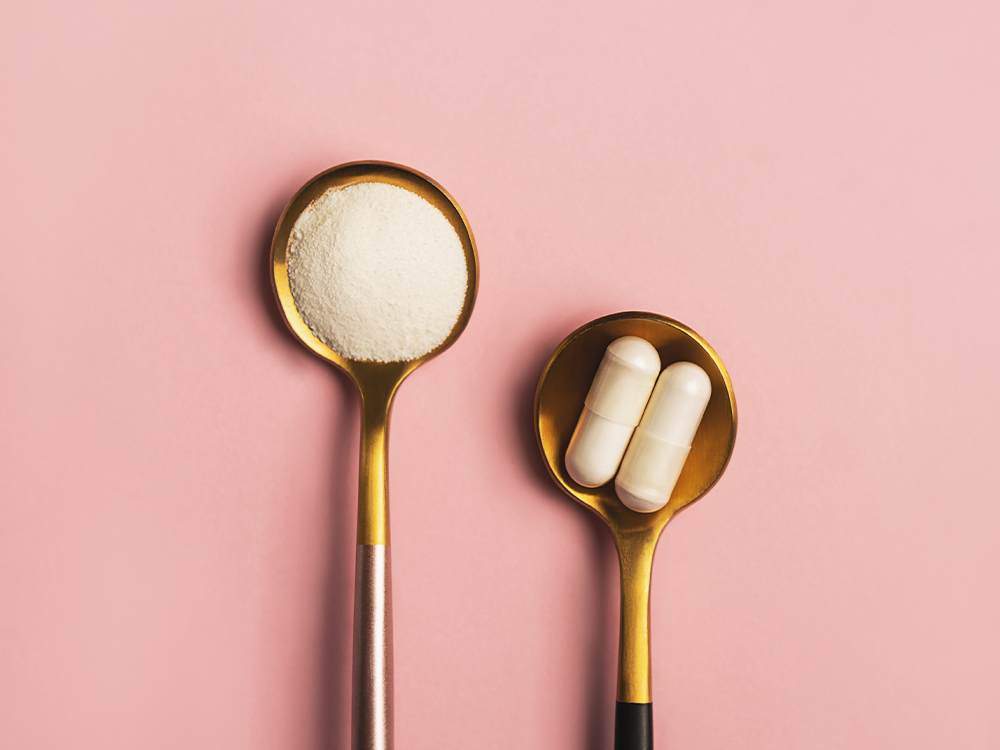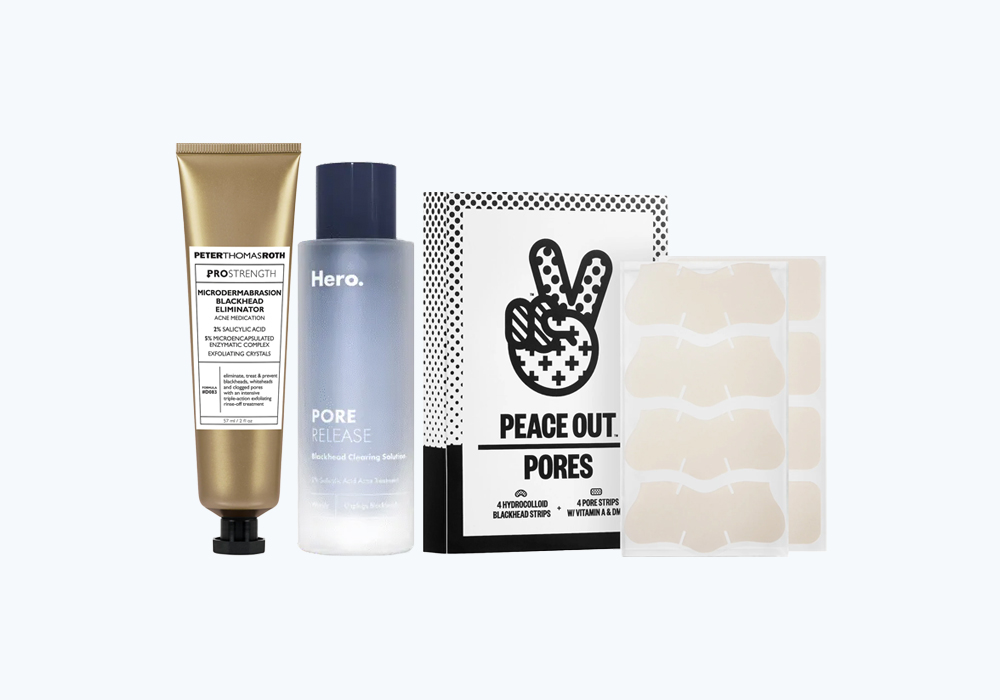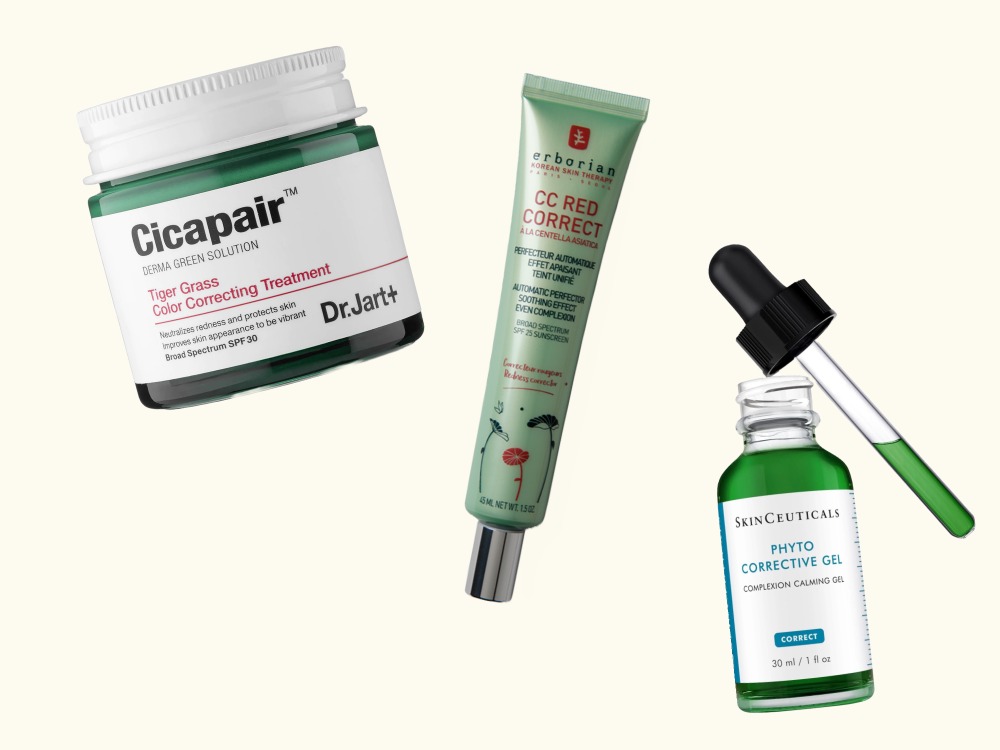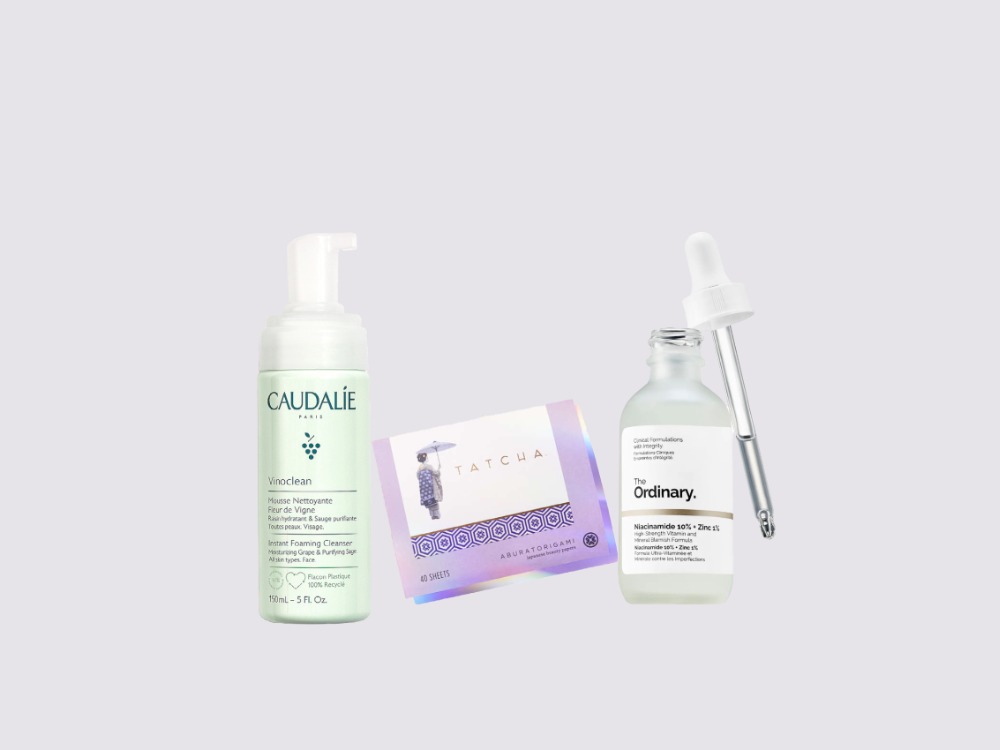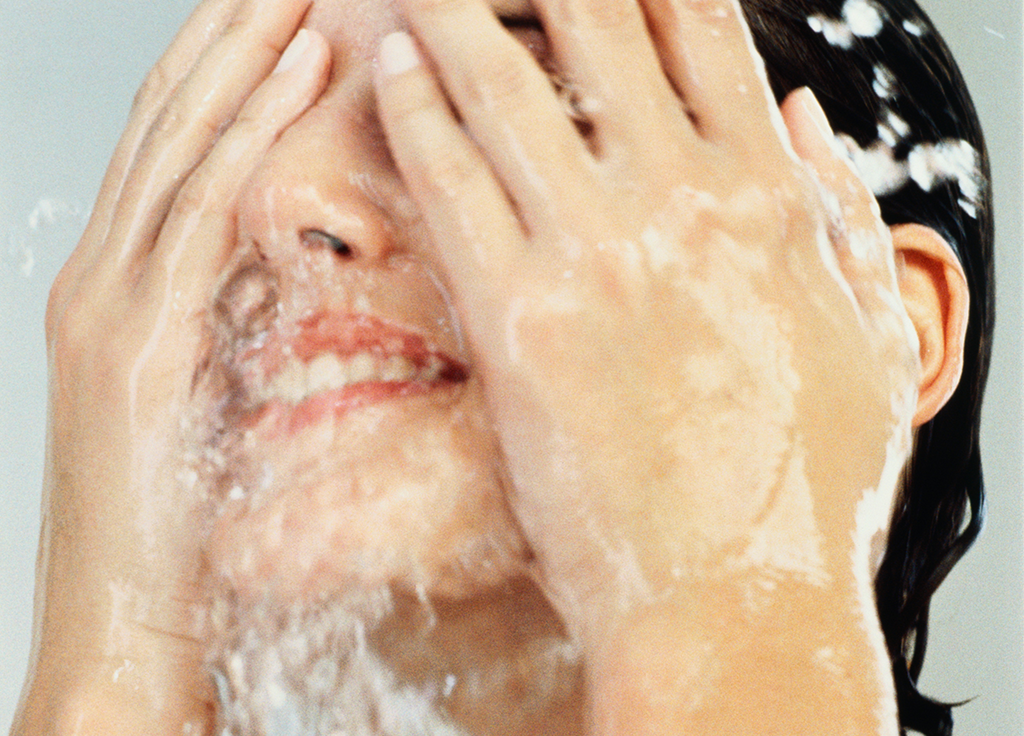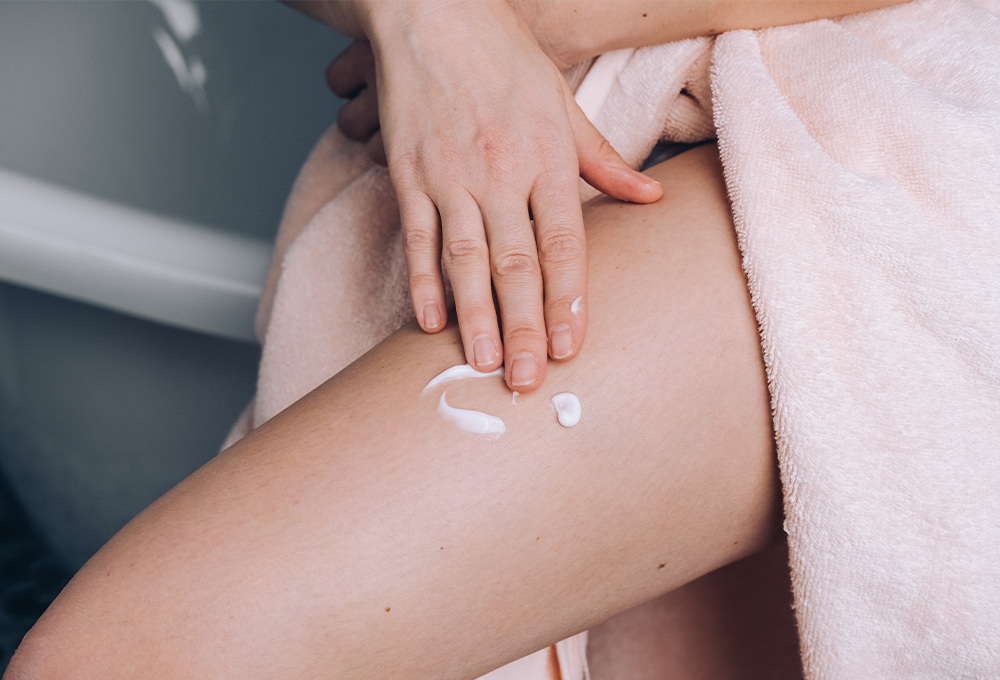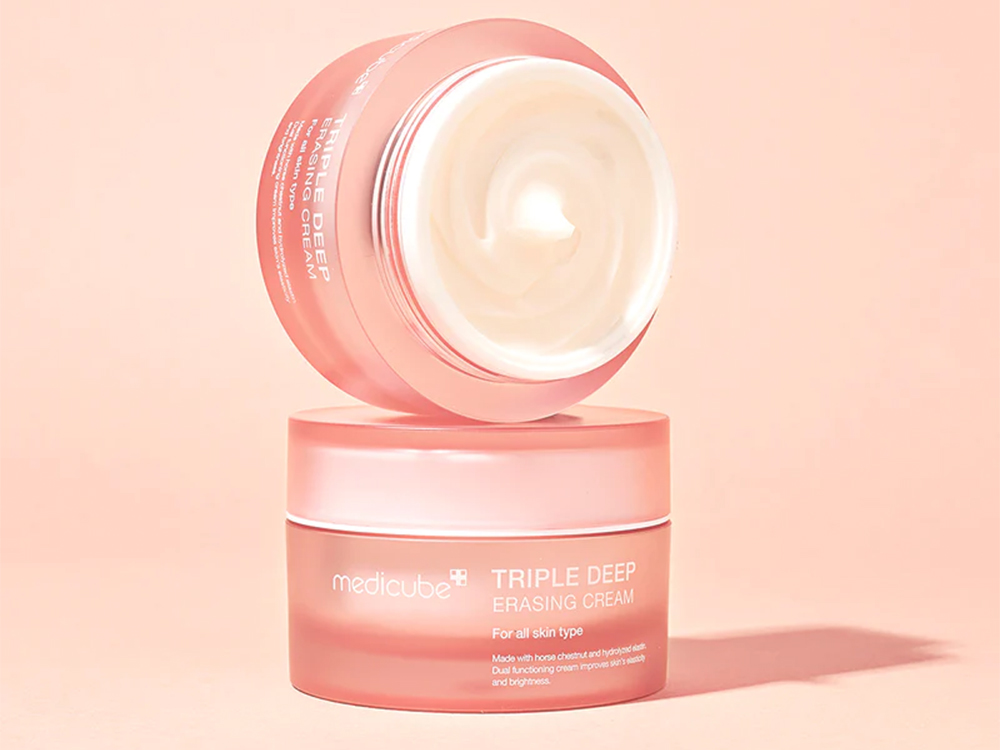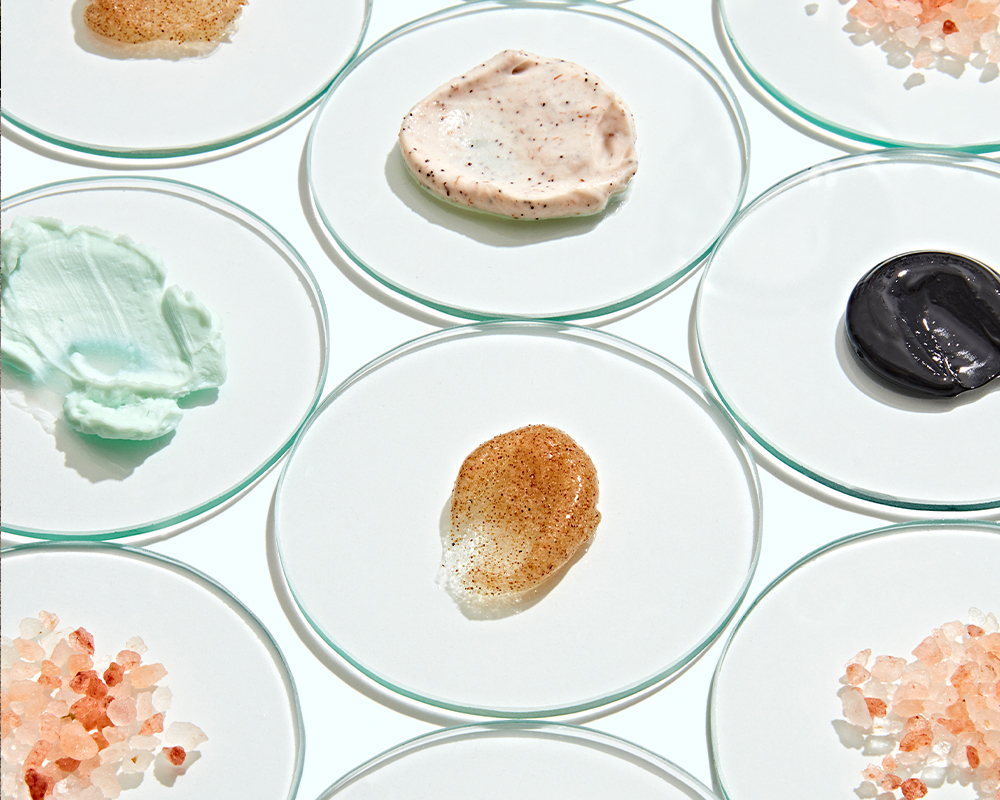Not too many words can be used to describe both skin care and dogs, but hypoallergenic is one that really gets around.
You’ve no doubt seen it on countless cosmetic products, particularly the ones marketed towards sensitive skin. But does it have an agreed upon meaning? Is there standard you have to meet to be considered hypoallergenic?
Clearing Misconceptions
You might know that someone with severe allergies may still react to your hypoallergenic dog. The same is true of hypoallergenic cosmetics.
According to cosmetic chemist Kelly Dobos, that’s because hypoallergenic doesn’t mean that a product (or a dog) doesn’t cause allergies at all, just that it’s less likely to. “I think there is a misconception that hypoallergenic means that a product won’t cause an allergic reaction,” Dobos says. “But in reality, hypoallergenic just means it’s less likely to be allergenic. The prefix hypo- means less than normal.”
Cosmetic chemist and president and CEO of Grace Kingdom Beauty, Ginger King, agrees that it’s entirely possible to have an allergic reaction to any product labelled as hypoallergenic. “Usually, clinical labs test on a minimum of 50 people,” King says. “And if the 50 people are not representative of your skin type or sensitivity, you can still have ingredient-specific reactions to the product.”
When Skin Reacts
It’s important to distinguish here between products that produce skin irritation and having an allergic reaction to a product. While the two may overlap, they are distinct.
Dobos explains that unlike allergies, irritants affect everybody pretty much the same. “Irritation is a universal response, meaning if something is a skin irritant it will be an irritant to everyone,” Dobos says. “Whereas, an allergic reaction is an immune response and more specific to the individual.”
Bleach, for example, is a skin irritant. It produces rashes and chemical burns regardless of the person. Metals that include nickel, on the other hand, are common allergens. Lots of people experience skin reactions like redness or swelling when exposed to these metals. So, products that use metals without nickel will often advertise as hypoallergenic. The same is true of cosmetic ingredients.
The FDA Doesn’t Regulate “Hypoallergenic” as a Term
What makes the term a little difficult is that the FDA doesn’t regulate it.
On their website, the FDA states that “there are no Federal standards or definitions that govern the use of the term ‘hypoallergenic.’ The term means whatever a particular company wants it to mean.”
All the way back in 1978, a federal court struck down a regulation that had required companies to conduct and publish testing to back up their hypoallergenic claims. And before this year’s much-needed regulatory update to the FDA, consumers weren’t even able to accurately gauge if a product included a known allergen. Now, the FDA requires a full list of ingredients.
Now, at least, consumers will have the full knowledge of a product’s ingredients when considering potential allergen risks.
But We Do Have an Agreed Upon Meaning?
That said, the term hypoallergenic does mean something.
Montclair, NJ dermatologist Jeanine Downie, MD explains that it means a product is generally not irritating to most people. “Hypoallergenic means it is below the level of what is required to produce an allergy in a product,” Dr. Downie says. “Therefore, in most people, it will not produce an irritation or a contact dermatitis.”
According to King, the industry uses the term to refer to products that pass a patch test. “Hypoallergenic means the product has gone through Repeated Insult Patch Test (RIPT) of at least 50 people, and there are no reactions seen from the testing. The product is thus deemed suitable for sensitive skin.”
Usually, when a brand wants to make a claim about their product, like that it is ‘hypoallergenic,’ they conduct tests themselves or outsource to laboratories. Depending on how rigorous the brand is trying to be, they can back up claims of a product being suitable for sensitive skin by making that data easily available.
There are plenty of brands that prioritize and care about the science of skin care and will advertise the steps they’ve taken to formulate and test their products. There are plenty of laboratories that do the exact same thing.
But there are also plenty of products that make misleading claims without evidence.
Ultimately, Dr. Downie says that it’s a claim that can be true, but probably isn’t. “It is a claim that is thrown around and sometimes is true and many times is not,” she explains.
How to Be Confident in a Claim
By law, cosmetic claims need to be truthful and not misleading, according to the FDA. The rub is that the agency doesn’t have any power to test those claims before going to market. They can and will issue warnings or take action after the fact if a claim is outside of legal limits.
When it comes specifically to claims if a product is hypoallergenic, you should do a little investigating.
Since there’s no legal definition, you’ll want to look for any information on tests performed. You can be more trusting of companies and products that have tested on a lot of people, for example.
“There are clinical tests that companies perform to understand both irritant and allergenic potential of products,” Dobos explains. “There are certain criteria that need to be met including a high number of subjects to make a hypoallergenic claim with confidence.”
Shopping Safely
Ultimately, you should be testing any new product on a patch of skin before jumping straight in.
“To be really sure, do patch test on your own on your inner arm to make sure there is no irritation or redness seen before you use the product,” King says. “Ask for samples if you know you have super sensitive skin.”
Additionally, checking the ingredients can give you an idea of whether or not a common allergy is included.
“My best advice is to check the ingredient statement of products,” Dobos says. “Avoid using fragrances and essential oils, as these are the most common source of skin allergens, especially when used in leave-on products. Carmine, a specific natural color additive, is another known allergen and it requires specific labeling in the U.S., at least, to indicate its presence.”
If your skin is sensitive, unscented products are your best bet. And in the near future, companies will be required to include a full list of ingredients, which will make this process much easier.
“Look for fragrance-free products and unscented products,” Dobos says. “Ingredients that are known to be more likely allergens are separated out from the term fragrance. While this is not yet a requirement in the U.S.—it will be under new regulations—most reputable companies already do this. The U.S. FDA has a great resource page with information and the list of common fragrance allergens.”




